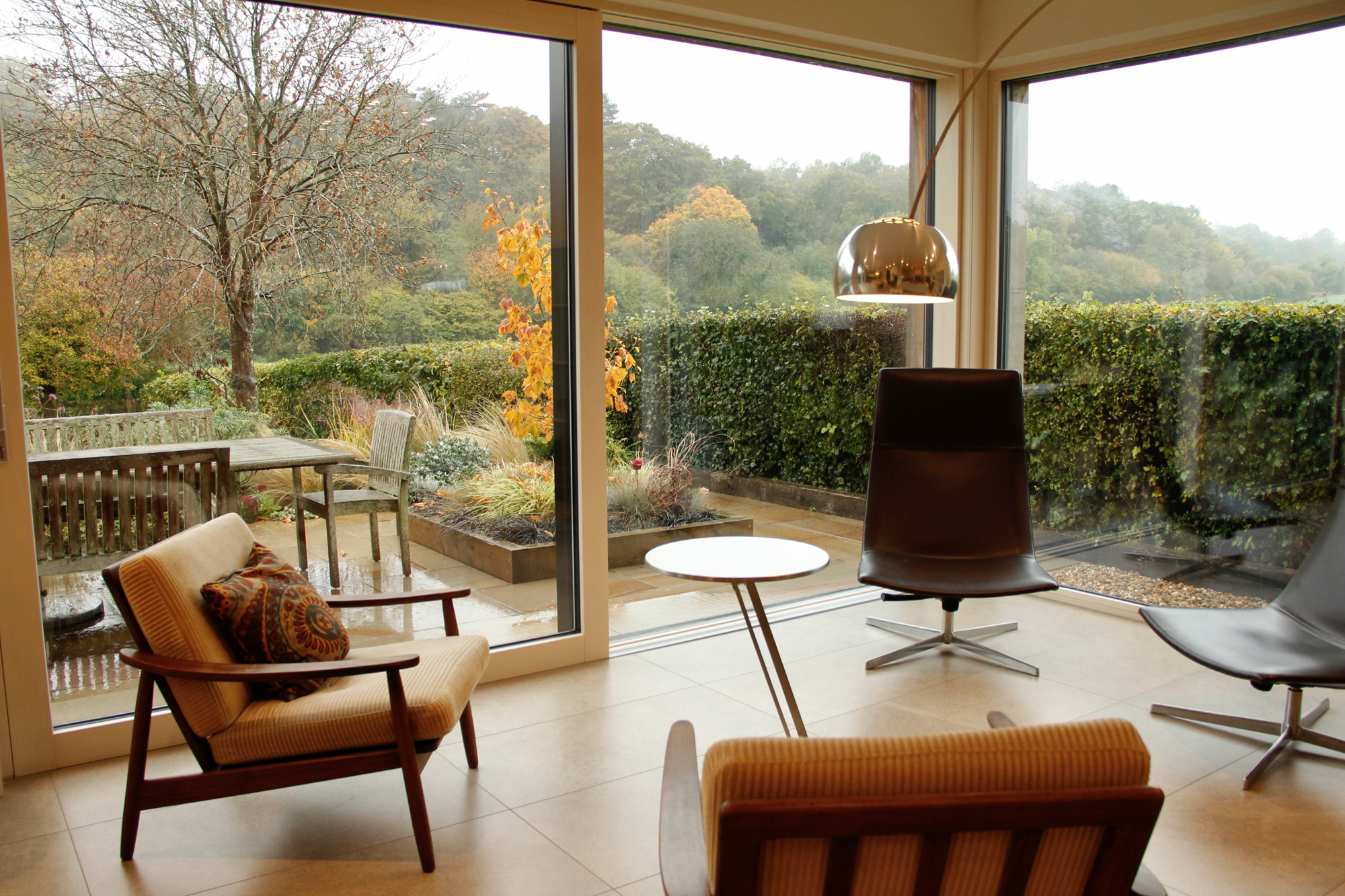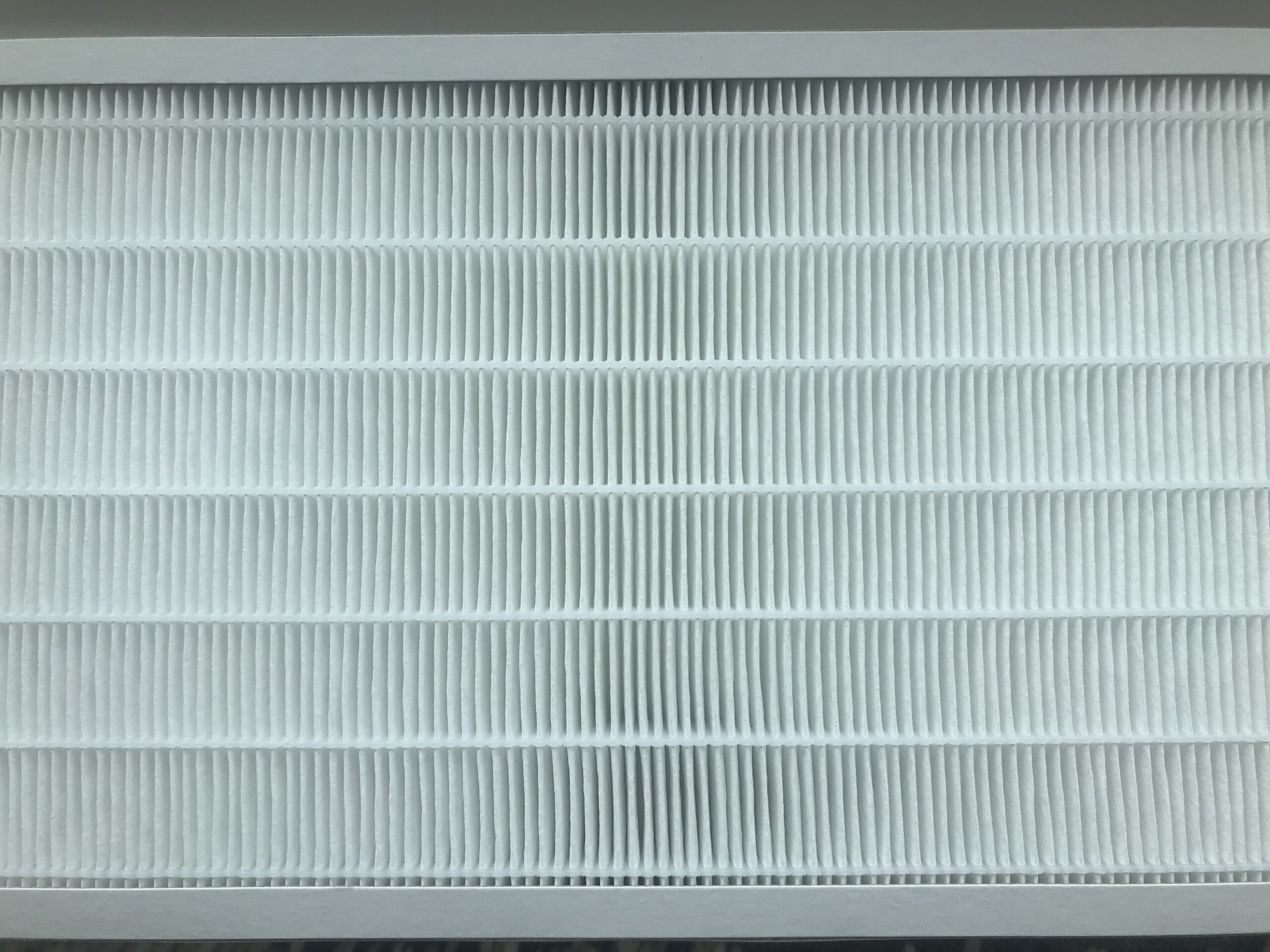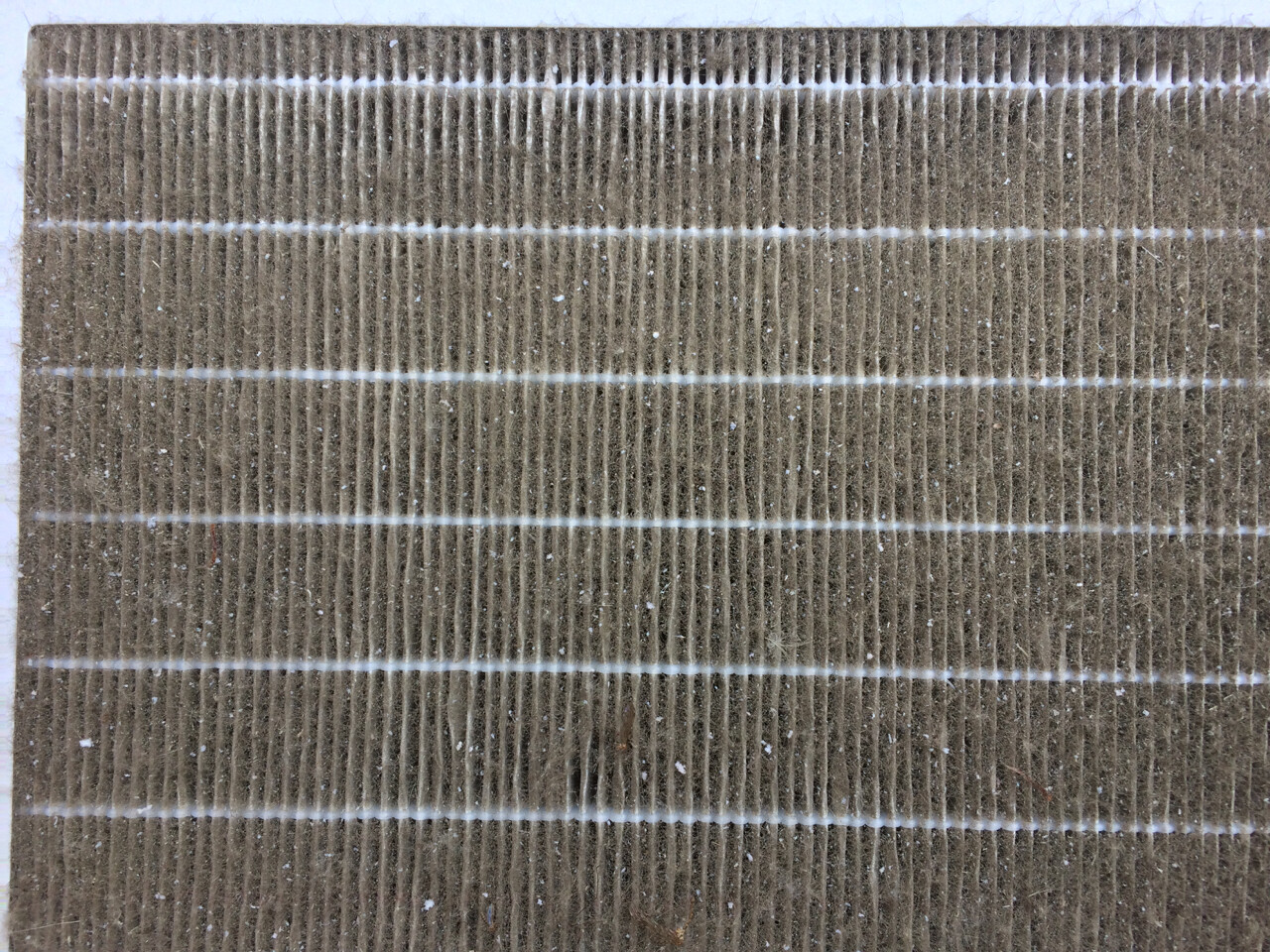What is it like to live in a Passive House?
Having lived in our Passive house for 3 years, the benefits to us have become clear and we would not choose to live in an older or even current (building regs standard) house again. Passive and low energy housing is often promoted as a way to reduce energy bills, which of course is true and will become increasingly relevant as energy prices increase, but they also bring far more benefits to homeowners making them extremely comfortable environments to live in.
Benefits of a Passive House
- Even temperature throughout all rooms in the house with no draughts
- Warm in winter cool in summer
- All the space in a room including next to full height windows can be used even in the middle of winter. This maximises the useable footprint of the house.

- Very low energy bills – Our annual combined energy bills are in the region of £350 after Feed In Tarif payment. There is further information about energy use and generation here.
- Fresh filtered air that is replaced constantly throughout the house every few hours. – We use a pollen filter in the spring and summer which helps reduce allergies such as hayfever.

New pollen filter for MVHR

Pollen filter for MVHR after 4 months
- No condensation or dampness even in the bathrooms. – The indoor humidity is a fairly constant 40%- 50%. MVHR systems will additionally reduce the indoor humidity, through the de-humidification effect of heat recovery. The more outside air temperatures are colder than inside air temperatures, the incoming air will increase in temperature and thereby decrease in relative humidity. It is possible to boost the MVHR whilst the showers are used but we have not found this necessary.
- Energy is not wasted through drafts and ventilation, but recovered through a heat exchanger to warm incoming air
- Cooking smells are removed with constant extract
- Clothes dry in a couple of hours, tumble dryer not needed. – I allowed a cupboard for a tumble dryer in our utility and have never needed to buy one. A modern condensing dryer takes around 2 hours to dry clothes, which is about the same it takes on a drying rack in a passive house.
- Very quiet due to thick walls and triple glazing
Downsides of a Passive House
After 3 years of living in one I can’t say that there are any down sides.
There seems to be a standing joke by some Architects and people in the construction industry that are rather out of touch that you can’t open windows in a passive house. This is totally misunderstanding the idea that the house is designed to be sealed so you can choose to ventilate it how you want, when you want, rather than be reliant on how hard the wind is blowing outside, forcing air through trickle vents. We often ventilate the house with open windows in the warmer months when we are not trying to recover heat from the MVHR system.
